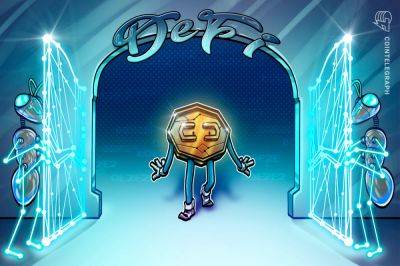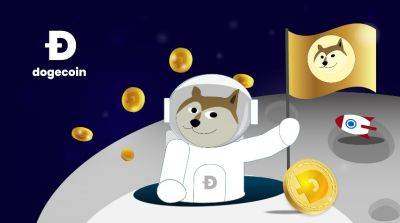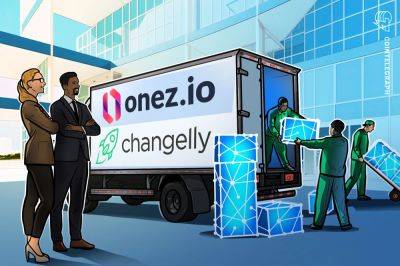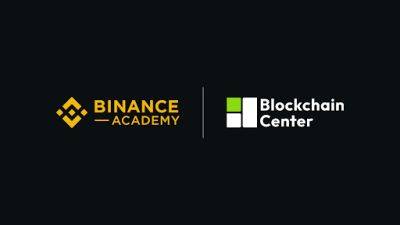9 factors to consider when choosing a blockchain consensus mechanism
With great power — and decentralization — comes great responsibility. Creators of a blockchain project have many decisions to make, among them which consensus mechanism to employ. As with so much in crypto, there’s no singular “industrywide” solution or preference, and there are multiple details to review when making the choice.
While security and reliability are always top priorities, forward-looking blockchain projects must take both project-specific details and evolving trends into consideration before making a final decision. Below, nine members of Cointelegraph Innovation Circle discuss factors a blockchain project should consider when choosing a consensus mechanism and why they can play a role in long-term success.
The chosen consensus mechanism must ensure the integrity and immutability of the blockchain are not compromised. A more energy-efficient mechanism can contribute to sustainability and reduce operational costs. Different consensus mechanisms offer varying degrees of decentralization, and selecting the most suitable one that aligns with the project’s goals and values is key. – Jason Fernandes, AdLunam Inc.
Who is going to buy your product? Do your customers value moats created by sunk costs (proof-of-work)? Are they highly risk-tolerant or, alternatively, do they have big budgets for audits (smart contracts)? Do they want arbitrage opportunities (proof-of-stake, DeFi)? Do they care most about sharing data with user protections (proof-of-honesty)? How important is scaling? Your choices are growing. – Stephanie So, Geeq
Consider the importance of scalability. Some consensus mechanisms are better suited than others for delivering high throughput performance during high-volume situations. If a Web3 project wants
Read more on cointelegraph.com






















